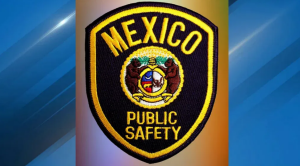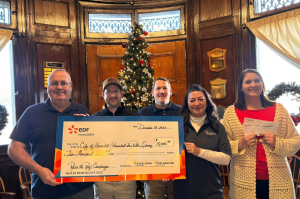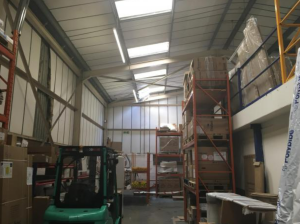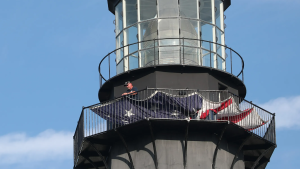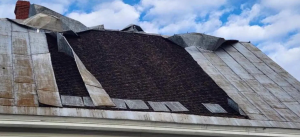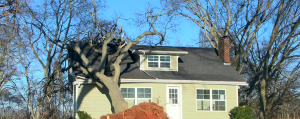
By KYLA MANDEL
Maui’s wildfires left behind charred remains visible on photos. The estimated property damages are $3.2 billion, and that’s not including the deaths of 110 people or the loss of homes. The cost of climate change is evident in this stark example.
Wildfires could threaten more homes across the U.S. unless we take drastic action to reduce emissions. This can seriously impact the value of your home.
A new study, published on August 17, found that the property value in the United States which is likely to be affected by wildfires during the 30-year term of a mortgage would more than double between 2050 and 2030. On August 17, researchers from University of Utah and Swansea University published a report that showed a correlation between mortgages and wildfires.
Researchers estimate that over the next 30 years, wildfires will cause damage to more than $11 billion worth of property in the United States. According to the study, between 2000-2018, approximately 1.1 million homes, with a property value of $4 billion, are at risk.
This number is expected to increase with the worsening of climate change. By the end of this century, the amount of land at risk of wildfires could more than double if climate change is moderately addressed. Property worth $22 billion will be at risk by the end of this century due to unchecked use of fossil fuels and runaway climate changes. This is a value of approximately $22 billion per year.
Climate change is causing property damage in the U.S., and these risks will increase in scenarios with high emissions. However, they are likely to decrease if aggressive action is taken against climate change.
The numbers are conservative estimates, even though they may appear large. Anderegg says that they “held today’s values of property constant” in their study. They assumed people would not move and build riskier areas, or leave risky places and build less risky ones.
Despite this, the value of property continues to increase. New houses were built in the wildland/urban interface at a 41% rate between 1990 and 2010 when communities meet nature. According to the U.S. Federal Emergency Management Agency, wildland/urban interfaces grow by approximately 2 million acres each year. If these trends continue, climate-driven wildfires will threaten more property and people.
Timothy Collins, co-author of the study and a professor of geography at the University of Utah said people were attracted to these environments due to the benefits that forest resources provide. These lands have a high market value, as you can see. This is especially true in California where the wildland/urban interface landscape has been one of fastest-growing in terms of housing development.
Anderegg says that while these types of risks don’t pose the same “rapidly moving and acute danger to lives and structures” as wildfires, they can still have an economic impact.
Interplay of these disturbances in some instances can result in increased damage to trees and forests in the neighborhood, which in turn may lead to a decline in property value. The drought is bound to increase the risk of fire, and beetles can kill trees which may put them at greater risk for wildfire.
The western U.S., and the Southwest in particular, are at high risk when all three factors taken into consideration. California stands out in the intersection of these three factors.
In the future, the Great Lakes region and the Southeast will be increasingly at risk.
Even though Hawaii or Alaska was not part of the analysis in this study, Anderegg believes that all states can learn something from the findings: “One lesson we should learn is how to plan ahead, use the most advanced science, tools, and warning systems to prepare and assess risks, as well as community planning and localized risk management.”
There are many ways that can help in this planning. You may also want to consider rethinking building patterns or design, to minimize risk at the interface between wildland and urban areas. He points out that these issues are distinct from the climate change issue, but “we need to do both.”
Professional fire and smoke restoration to your property that is not only visible, but also toxic. This poses a health risk and may lead to secondary damages such as corrosion or staining. If you want to know more about our different types of services, check here https://ncrestoration.ca/ Damage caused by smoke can be devastating to properties. Professional restoration is essential to minimize the damage and effectively restore your property. For a complete recovery, it is important to consult with restoration professionals.
